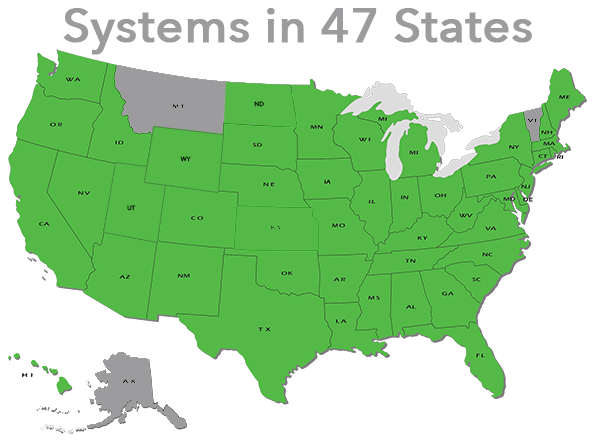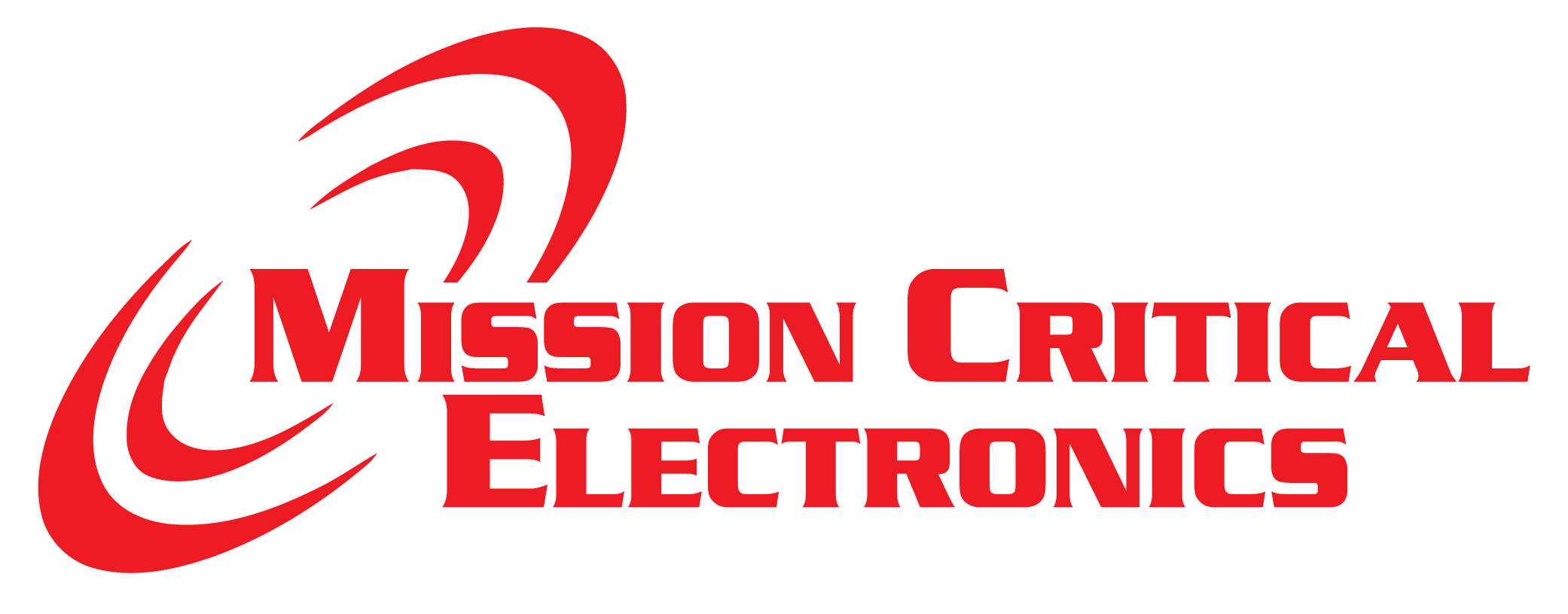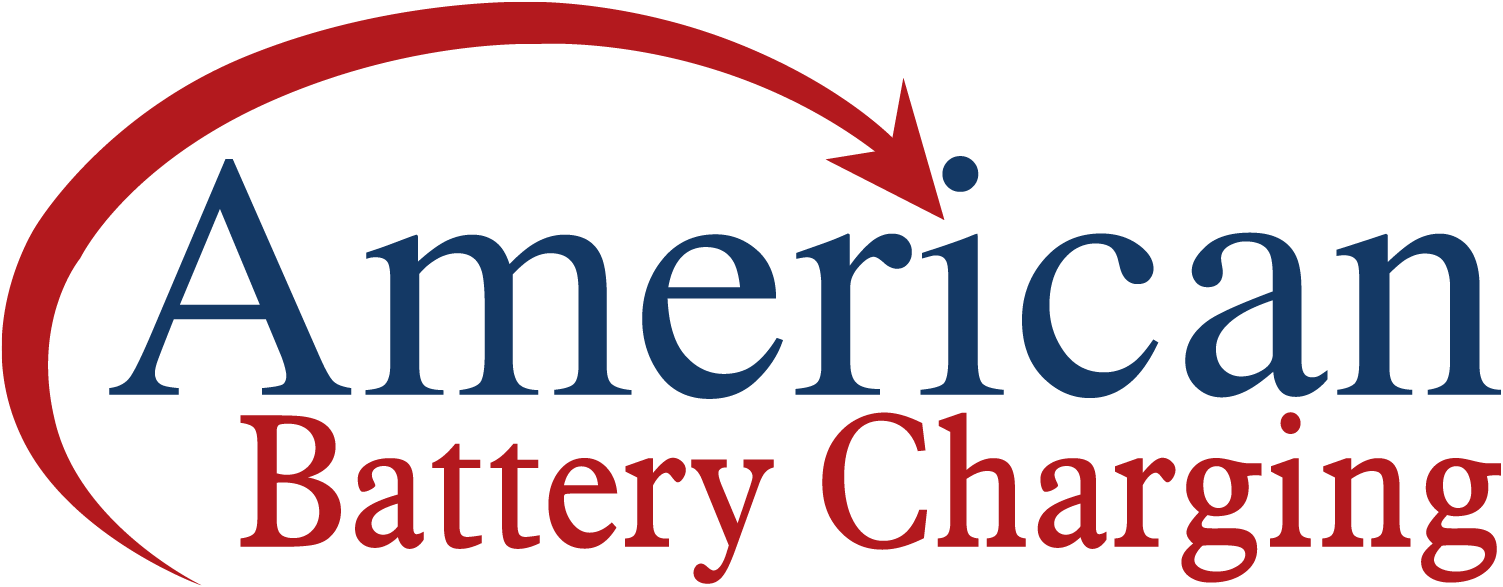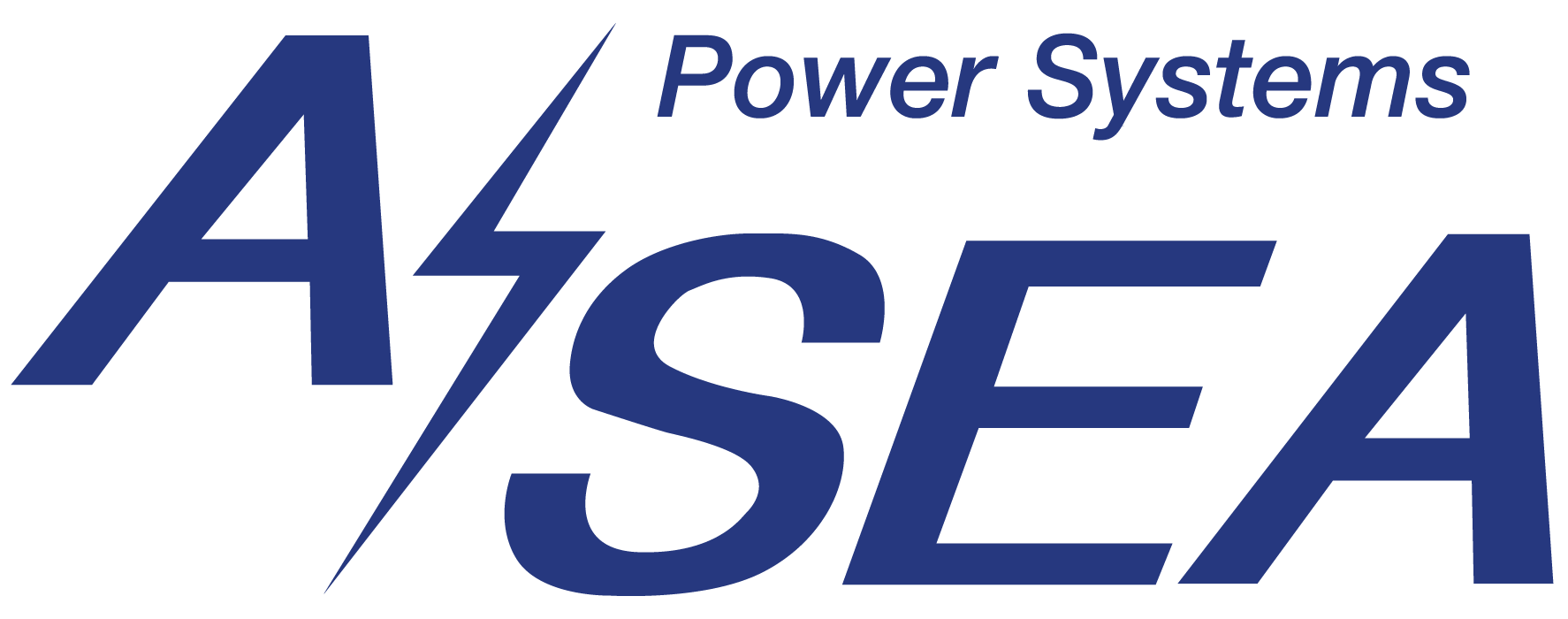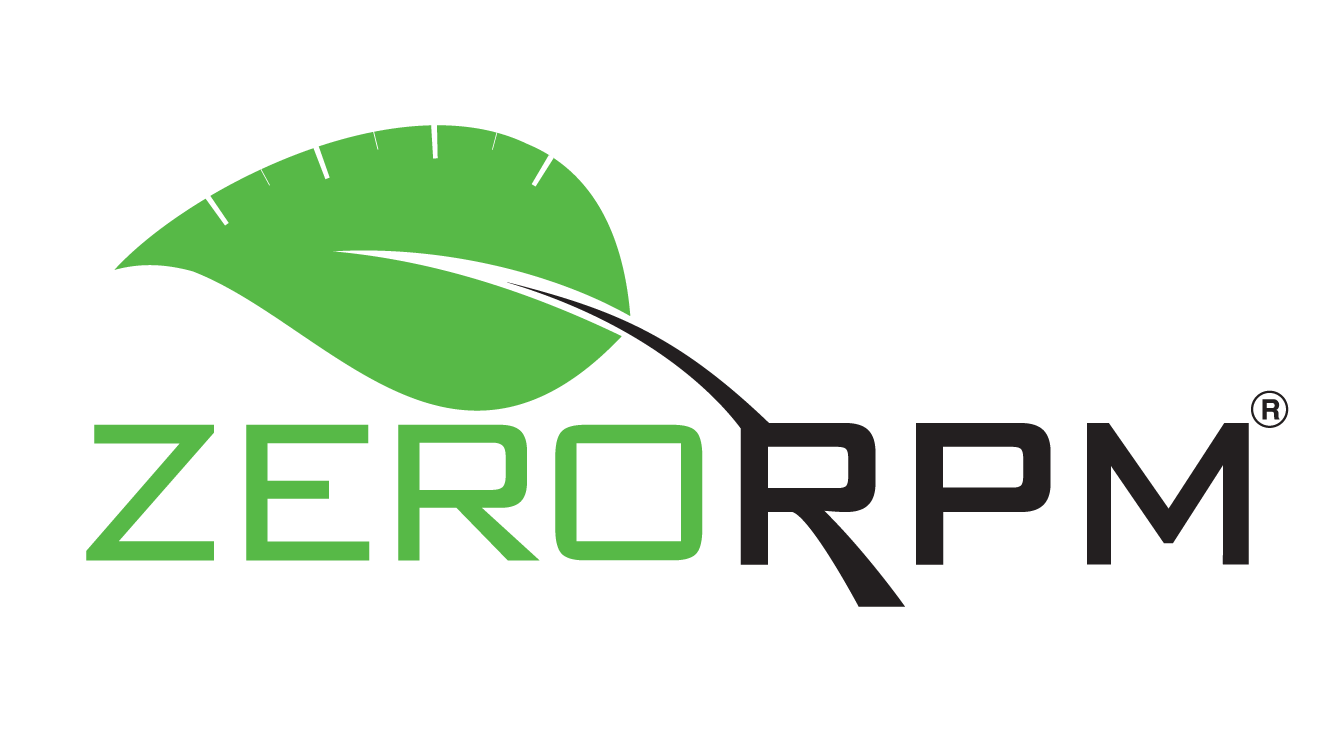EIA assesses options for processing additional U.S. light tight oil production

Source: Copyright BP, p.l.c. Used with permission
Republished April 7, 2015, 11:20 a.m., text was modified.
With the growth in U.S. production of light tight oil (LTO) in recent years, petroleum refiners in the United States have been processing greater volumes of LTO. To date, increased volumes of domestic LTO have mainly been accommodated with no- and low-cost options such as reducing light crude oil imports, increasing refinery utilization rates, making incremental efficiency improvements (crude unit debottlenecking), and displacing medium crude oil imports. A new EIA report reviews a range of additional options that U.S. refiners may consider to expand LTO processing capacity. The costs of these generic options vary according to each facility size, complexity, location, and a number of other factors:
Size. Larger projects to provide additional LTO distillation capacity can have a greater overall cost but, given economies of scale, a lower per-barrel cost than smaller projects. However, these larger projects also require a greater commitment to processing larger amounts of crude oil inputs into finished petroleum products. With this commitment comes a greater degree of exposure to risks that could affect crude oil supply or petroleum product demand. Complexity. Although the cost of building units that contain both distillation and secondary processing capacity is generally greater in both overall and per-barrel terms than similarly-sized projects that provide only distillation capacity, the more complex facilities can process LTO into more refined petroleum products that generate more revenue and, possibly, better margins. Location. It is generally more expensive to build refining units that are greenfield, or not located at an existing refinery, than brownfield projects that are located at an existing refinery. However, greenfield units can be built in areas with better access to markets and lower crude oil transportation costs than existing refinery locations.Domestic processing of additional LTO would enable an increase in petroleum product exports from the United States, already the world's largest net exporter of petroleum products. Unlike crude oil, products are not subject to export limitations or licensing requirements. While this is one possible approach to accommodating higher domestic LTO production in the absence of a relaxation of current limitations on crude oil exports, domestic LTO would have to be priced at a level to encourage additional LTO runs at existing refinery units, debottlenecking, or possible additions of processing capacity. The cost of such adjustments or capacity additions, together with the perception of market and policy risks surrounding potential investments, will determine the extent to which LTO might need to be discounted to spur those investments.
The analysis of technical options for additional domestic LTO processing discussed in EIA's new report, together with other recent EIA analyses, gasoline price determinants, and changes in U.S. crude oil imports to accommodate increased domestic production provide a foundation for further analyses of the market outlook and the effects of a possible relaxation of existing restrictions on U.S. crude oil exports.
Principal contributor: Mike Ford




